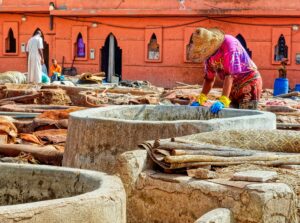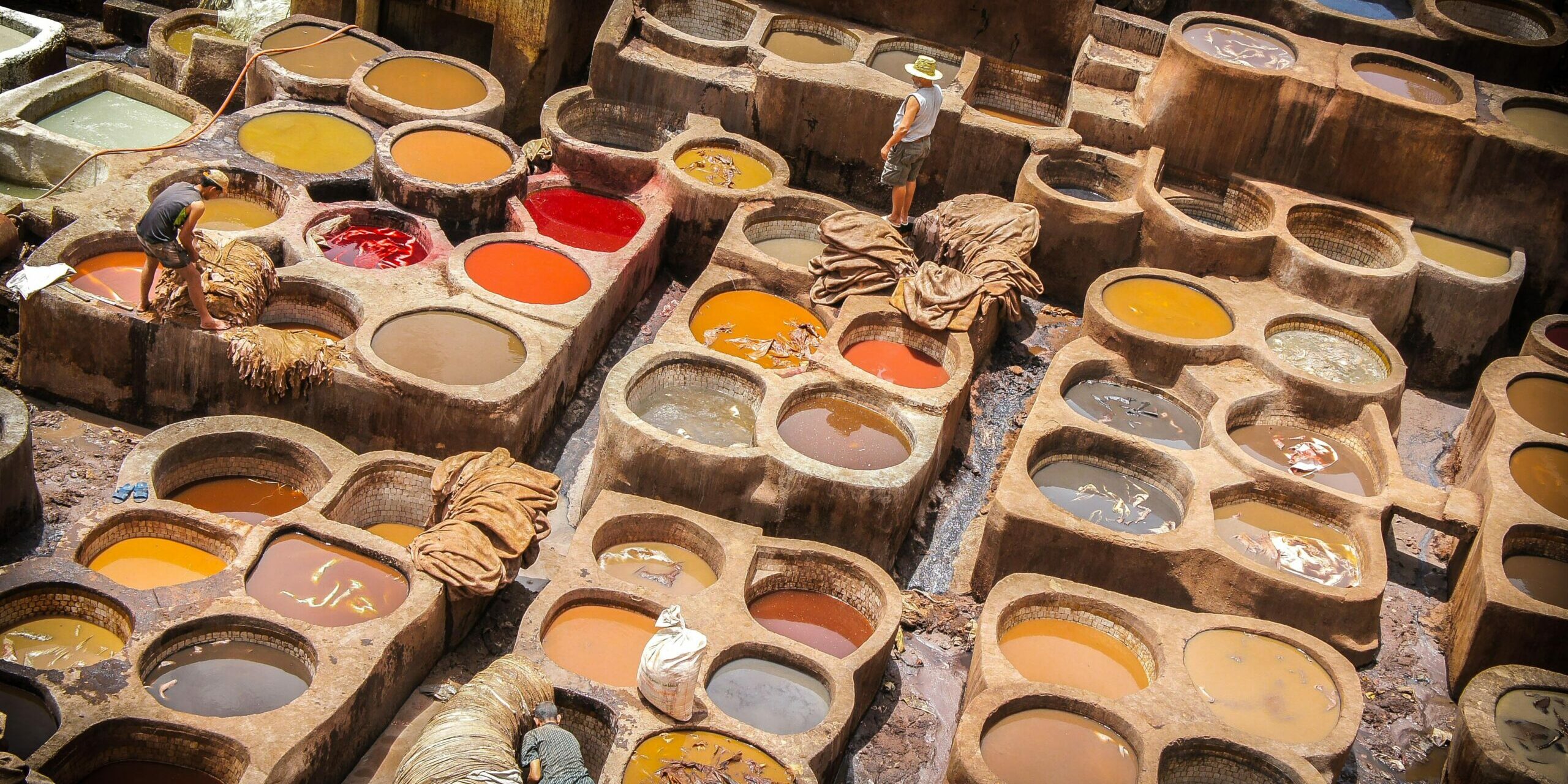Leather tanning is a process that leather must go through at an early stage. Tanning allows this raw material to be preserved, as well as its durability, and allows the leather to be prepared for further processing in other industries.
It is known that this process exists for thousands of years, where initially simpler and more basic techniques were used, such as dehydration. Nowadays, leather tanning joins technology, being a longer process, but also with better results.
It is possible to say that this is the first step in the treatment that the leather must go through. In this sense, when the raw leather arrives at the tannery, it must be worked carefully in order to obtain a finished leather that can be used by other industries.
Leather tanning processes:
The leather tanning process is not always the same, as there are factors, such as the characteristics of the leather and the type of end product, that will dictate how the leather is worked.
However, there are some processes that are common to all. In this sense, it is possible to say that there are three stages of leather tanning: the beamhouse operations, the tanning itself, and finishing. It should also be noted that between tanning and finishing it is common to have other processes that will give some special characteristics to the leather. However, these processes are not mandatory, and vary according to the leather and its final intention.
Beamhouse operations
This is the first phase of the process , where all the cleaning of the raw leather is done, from depilation to stripping.
All this cleaning prepares the leather for the next stage.
Tanning
The tanning of the leather itself is based on a series of steps of diffusion and fixation of chemicals. This process will allow the collagen fibers present in the skin to organize themselves in a stable way.
Only after this stage is it possible to say that the material is leather.
We would like to point out that in this process is frequently used chroma, thus resulting in wet-blue leather.
Finishing
After the previous process, the leather is dried, and when it is completely dry it is subjected to other processes of pre-finishing and final finishing.
In these processes, appropriate treatments are carried out that protect the surface and improve the aesthetics of the leather.
Nowadays, leather tanning is highly valued and is associated with refined and quality aesthetics, perfect for fashion, automotive, or everyday objects.








